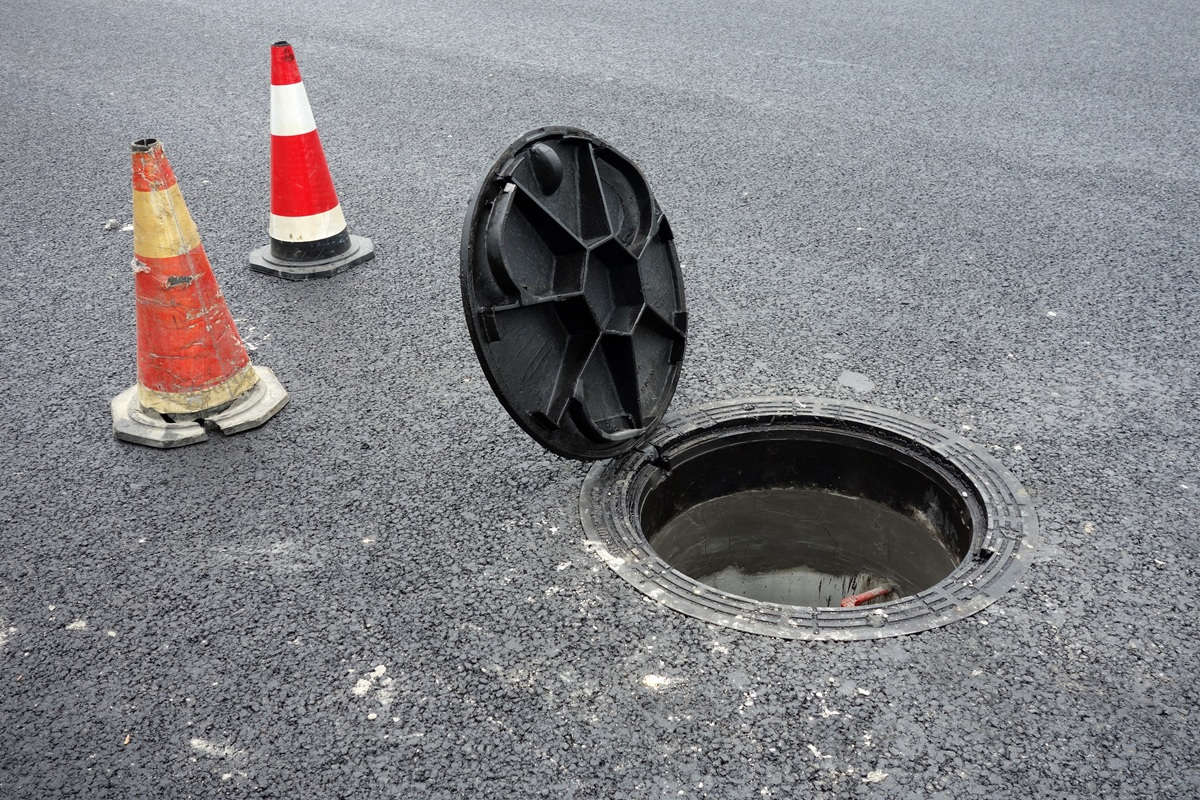NUCA Inside Washington: SRFs and the Hurdles of Financing Infrastructure
You won’t hear this often about the EPA, but its State Revolving Fund (SRF) program is one of the most effective tools for financing the construction, maintenance and expansion of water infrastructure. The program is divided into two divisions, the Clean Water State Revolving Fund (CWSRF) and the Drinking Water State Revolving Fund (DWSRF). Both programs offer low-interest financing to states for, you guessed it, clean water or drinking water infrastructure. States receive an allocation of the appropriated funds based on a formula, which they then use to finance projects. These funds provide a significant opportunity for contractors to win jobs, both large and small.
You’ve heard me say before in this column how desperately this country needs water infrastructure investment. The situation in Flint, Mich., is just one high-profile example of how neglecting our water infrastructure can lead to devastating and enraging consequences. Residents in Flint have to purchase bottled water to use for everything they consume. Imagine having to brush your teeth using bottled water! This is America! We can and must do better.
The SRF program is intended to help alleviate the costs to states and cities of investing in their infrastructure. These are the most “shovel ready” — to borrow a term from President Obama when trying to sell the stimulus package — dollars the government can spend because there is tremendous need. And yet, both President Obama and Congress continue to neglect this effective program. Below you will find a chart showing the appropriation levels proposed by the House, Senate, Obama and the resulting actual budget that became law.

The appropriations process is comprised of passing 12 bills, each of which funds a specific department of the federal government. For the SRF program, the Appropriations Committees develop the Interior, Environment and Related Agencies Appropriations Act, which funds the EPA. As you can see from the chart, FY 2016 was cut by about $52 million from FY 2015 actual after basically consistent funding from FY 2014. These numbers are down from about $2.1 billion in FY 2010.
With the EPA publishing a study in late January estimating the five-year costs of maintaining just our wastewater systems is $271 billion, it’s clear to see why America’s infrastructure is falling behind. That’s why we must understand the politics behind the appropriations process. This will help us redirect priorities.
It’s no secret that Congressional Republicans don’t like the EPA. That’s been evident time after time. Some have even publicly said they’ve cut the EPA’s budget in an attempt to rein in their regulatory overreaching. How has this worked? The EPA has, over the past few years, been self-funding through violation fines and the plan has backfired on Congress who now deals with angry constituents who are unfairly targeted by the EPA.
It should also come as no surprise that appropriators have their pet projects and special interests they want to satisfy. In a world of limited financial resources, adding money to the SRF appropriations means potentially taking money from an appropriator’s special interest, such as protecting Indian reservations or wildfire mitigation.
Possibly more troubling for how little it’s being discussed, but also incredibly relevant to America’s water infrastructure struggles, is the national security aspects. Our country has a very small number of sources of fresh water. If anything were to happen to these sources of water, the results would be cataclysmic. Think Flint across 20 to 30 states.
This is obviously one of the worst cases possible, but neglecting our infrastructure only makes calamity more likely. The longer legislators wait to take action, the more expensive it will be for the federal, state and local governments.
A significant aspect of this issue is the job creation that comes from investing in water infrastructure. At a time when the economy is still struggling to grow, building water infrastructure creates good-paying, sustainable jobs. It also provides the foundation on which to build and grow other businesses as every business, no matter size, location or activity, cannot operate without access to clean reliable water.
As we begin the appropriations season in Washington, these are the major points we will be addressing with appropriation lawmakers, and we encourage you to make these points to your state and local lawmakers to put pressure on the federal appropriators.
It’s as if the federal appropriators don’t see the big picture. It’s our jobs to open their eyes gently and forcefully, if necessary.
Will Brown is NUCA’s Director of Government Affairs. Tags: February 2016 Print Issue, NUCA




